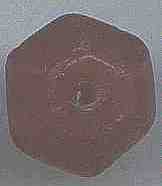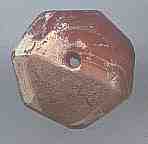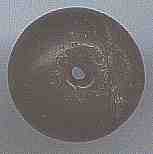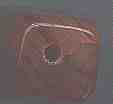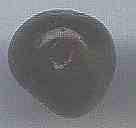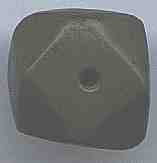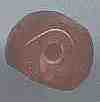Your path =Home>Beadmaking & Materials>The Dimple
Bead Drilling: The Dimple
It is usually necessary to put a rough spot onto a bead before drilling it to give the drill bit a place to "bite." I call this the "dimple." It can be done with a large, single diamond drill, but pecking, chipping, grinding and sawing a short groove have also been used. Studying the dimple can yield information, not only on how the dimple itself was made but also the order in which drilling and boring were done. Along with an understanding of how the bead was polished, quite a bit of the beadmaking process can be discerned.
|
The abbreviations used above are the ones I use when taking notes or using a small table. The dimpling is always abbreviated with lower case letters. They stand for chipping (c), drilling (d), grinding (g), pecking (p) and sawing (s). The upper case D is the step of drilling. A stands for polished by Abrasion and T for polished by Tumbling. The position of the letter indicates the order of the operation.
__________________________________________
Small Bead Businesses | Beading & Beadwork | Ancient Beads | Trade Beads
Beadmaking & Materials | Bead Uses | Researching Beads | Beads and People
Center for Bead Research | Book Store | Free Store | Bead Bazaar
Shopping Mall | The Bead Auction | Galleries | People | Events
The Bead Site Home | Chat Line | Contact Us | Site Search Engine | FAQ
